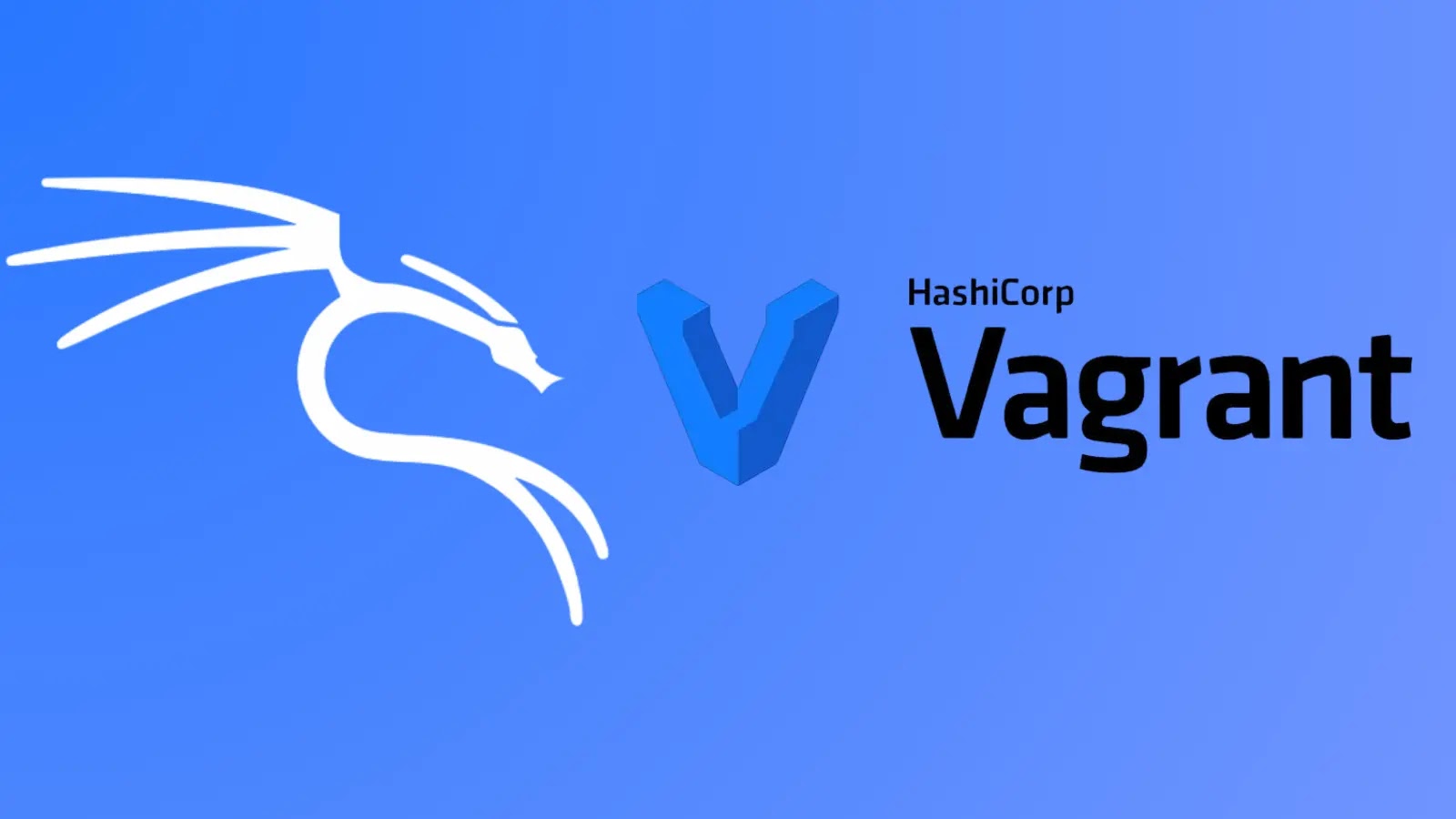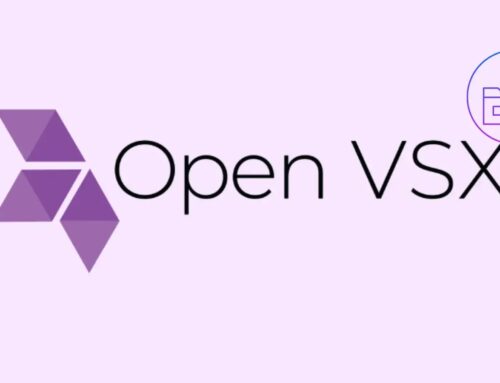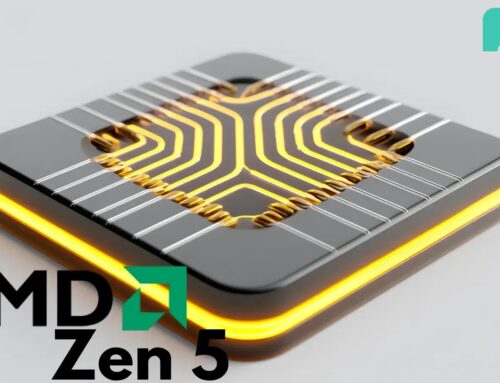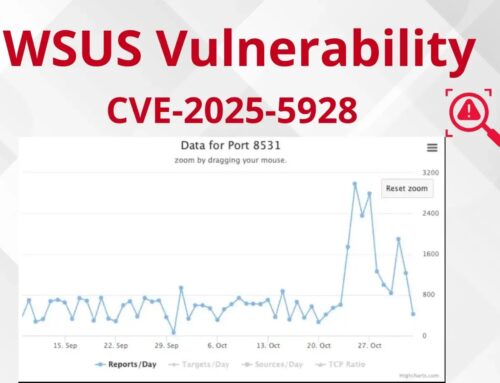
Kali Vagrant Rebuilt Released – Pre-configured VMs Interacted via Command Line
For cybersecurity professionals, developers, and IT teams, the rapid deployment and consistent configuration of testing environments are paramount. Kali Linux, a cornerstone in this domain, has just announced a significant architectural uplift for its Vagrant images. This overhaul promises to streamline development workflows, simplify deployments, and enhance the overall user experience.
Transforming Kali Vagrant Image Generation
The core of this exciting update lies in a fundamental shift in Kali Linux’s build infrastructure. Historically, the team leveraged HashiCorp’s Packer for generating its pre-configured Vagrant virtual machines. While effective, the new strategy introduces DebOS as the primary tool for this crucial process.
- Transition to DebOS: This move signifies a strategic decision to unify and centralize the Kali Linux infrastructure. DebOS offers tighter integration with Debian-based systems, potentially leading to more efficient and reliable builds.
- Streamlined Development: For developers maintaining the Kali Vagrant images, this change translates into a more cohesive and potentially less complex build pipeline.
- Consistent Deployments: Users benefit from more consistent and predictable VM deployments, reducing configuration drift and ensuring a stable testing environment.
What This Means for Users: Pre-configured VMs Interacted via Command Line
The primary advantage of Kali Vagrant images has always been the ability to spin up a fully operational Kali Linux environment with a single command. This update reinforces that capability, making the process even smoother.
- Command-Line Interaction: Vagrant allows users to manage their virtual machines entirely from the command line, facilitating automation and integration into CI/CD pipelines.
- Pre-configured Environments: These images come pre-installed with the extensive suite of Kali Linux security tools, eliminating the need for manual setup and configuration. This is crucial for rapid prototyping, penetration testing, and vulnerability assessment tasks.
- Reproducible Environments: Vagrant ensures that every team member or automated process gets the exact same Kali Linux environment, crucial for collaborative projects and reliable testing.
Strategic Infrastructure Unification
The decision to transition from Packer to DebOS extends beyond mere tool preference. It reflects a broader strategic goal within the Kali Linux project to consolidate its build systems. This unification efforts aims to:
- Reduce Operational Overhead: A single, unified infrastructure can be easier to manage, troubleshoot, and secure.
- Improve Maintainability: With fewer disparate tools, the maintenance burden on the Kali Linux development team is lightened.
- Foster Ecosystem Cohesion: Utilizing tools specifically designed for Debian-based systems can lead to a more robust and integrated ecosystem for Kali Linux distributions.
New Cheat Sheet: Rapid Onboarding and Usage
Accompanying this significant release is a helpful cheat sheet. For both seasoned professionals and newcomers, this sheet is an invaluable resource for quickly getting up to speed with the new Kali Vagrant images. It likely includes:
- Essential Commands: Key Vagrant commands for launching, suspending, destroying, and provisioning VMs.
- Configuration Snippets: Examples of Vagrantfile configurations for common use cases.
- Troubleshooting Tips: Quick solutions to common issues encountered during Vagrant operations.
This cheat sheet significantly lowers the barrier to entry, ensuring that users can leverage the full power of these rebuilt images without extensive prior knowledge.
Implications for Cybersecurity Workflows
For cybersecurity analysts and ethical hackers, the enhanced Kali Vagrant images provide immediate benefits:
- Faster Lab Setup: Quickly spin up isolated environments for malware analysis, exploit development, or advanced penetration testing.
- Version Control for Environments: Vagrantfiles can be version-controlled, allowing teams to track and reproduce specific testing environments.
- Automated Tooling: Integrate Kali Vagrant instances into automated security testing frameworks, executing routine scans or vulnerability assessments.
Conclusion
The Kali Linux team’s extensive overhaul of its Vagrant image build process marks a significant step forward. By transitioning to DebOS and unifying their infrastructure, they have delivered more robust, consistent, and user-friendly pre-configured virtual machines. This translates to faster setups, improved development workflows, and enhanced reproducibility for anyone leveraging Kali Linux in their cybersecurity endeavors. The accompanying cheat sheet further democratizes access to these powerful tools, underscoring Kali’s commitment to the security community.





